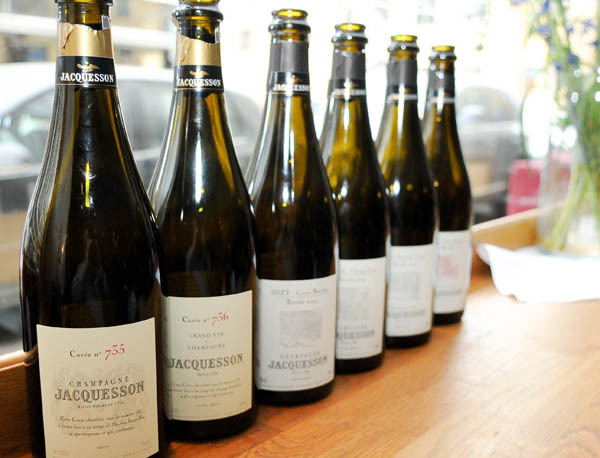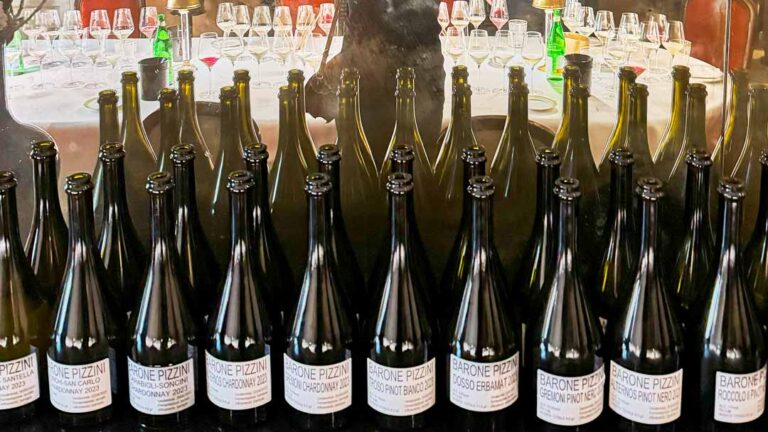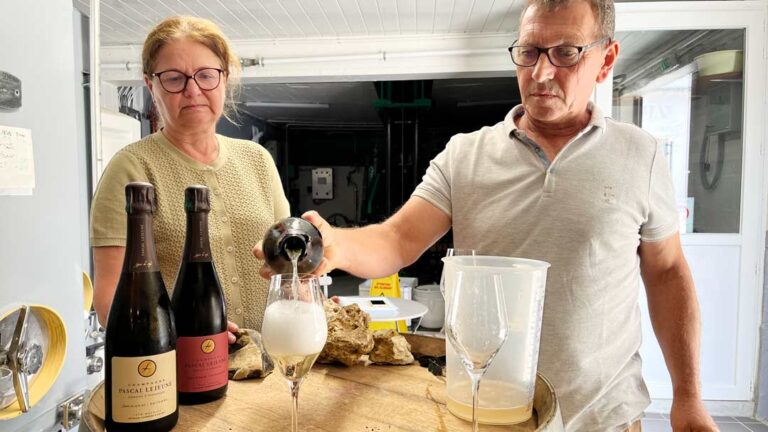Jean-Hervé Chiquet talks about Jacquesson’s journey of liberating yourself from the non-vintage straight jacket in Champagne.
Recently I was invited to a tasting with champagnes from Jacquesson Champagne. The tasting was organized by their Swedish importer Vinovum AB, and was held at Brasseri Bobonne, a modern French restaurant in Stockholm. Jean-Hervé Chiquet, co-owner and co-wine maker at Jacquesson led the tasting and talked about Jacquesson’s journey from a classic Champagne house to a modern grower organization without the limitations of having to produce the same wine every year. Here is the story that Jean-Hervé told us over lunch.
Champagne is famous for its non-vintage wines. The wines of Champagne are usually blended; blended in a way so that the wine will taste the same way each year. The blending idea was originally devised as a strategy to counter the effects of vintage variations due to uncertainty entailed with growing grapes so far north.
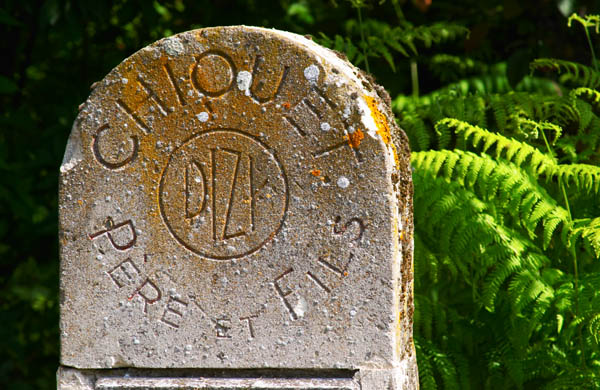
Blended and branded. And what about best?
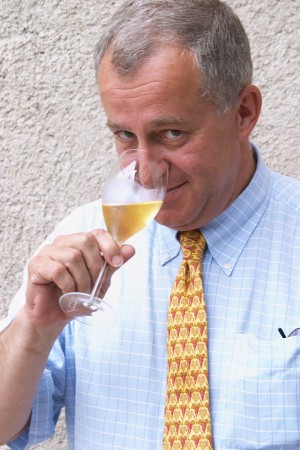
Then, in addition to being blended, the wines of Champagne are also branded. If a winning strategy for any champagne grower was to blend the wine, it eventually became a question of how to blend it.
This is where all the surnames of Champagne come into the picture. Bruno Paillard, who started Maison Paillard in the 1980s, has suggested that the various surnames on the labels, Bollinger, Krug, Pol Roger etc, are there because the wine in the bottle is that person’s interpretation of the terroir in Champagne.
Different people, different blends.
Many of these blends have survived since the 19th century, or at least since the beginning of the 20th century.
But what happens when you want to make the best blend every year, not just reproducing the same old recipe?
So, albeit a winning strategy for the last three or four hundred years, to what extent is the blend strategy a constraint for the ambitious wine maker in Champagne?[divider_flat]
The Chiquet father and son conundrum
Jean-Hervé Chiquet and his brother Laurent wanted to liberate themselves from the chains of the non-vintage concept. It all started with a huge frustration of not being able to make the best wine. And a little incident, of course.
Jean-Hervé joined the company, at that time run by his father, in 1978. Some eight years later his brother Laurent joined and in 1988 the two brothers were put in charge of the wine making at Jacquesson. After a few years the two brothers started to become really frustrated with the non-vintage concept and started to question it.
One of their biggest frustrations was that they had grapes from outstanding vineyards, mostly Grand Cru and Premier Cru, at their disposal and yet they had to lower the standards of the wine just in order to keep the same style from year to year.
The little incident that became the “eye-opener” happened in 1998. In the spring of 1998 they were working with the 1997 base wine aiming at getting the blend right. At that time Jacquesson was producing a classic, regular non-vintage champagne that by all measures was good. The blend that they first came up with turned out to be excessively delightful. They enjoyed it very much. In fact, they thought it was extremely good.
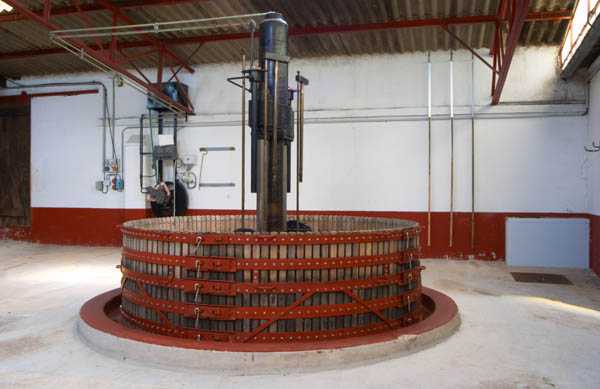
The big problem with the wine that was too good
But being too much chardonnay oriented, Jean-Hervé and Laurent eventually realized that this amazing blend would lead to two major problems. First, it stood out too much compared to last year’s wine, which was a problem. Second, it would prove too difficult to reproduce later, which was an even bigger problem.
In the end they decided that it would not work and they finalized the blend in a traditional way, a blend that was good, but not as good as it could have been. However, this had accentuated their frustration with the non-vintage concept. This “not as good as it could be” had become a huge problem: if you can make the best wine possible, but you are not allowed, then why bother about viniculture and winemaking in the first place?
In the end, Jean-Hervé and Laurent became so fed up with everything so they decided that a change had to be made.
Jean-Hervé explains: “We began to reverse our way of thinking, and we said to each other, ‘what would happen in the future if, instead of trying to reproduce what we did last year, we don’t care? If we work from a white sheet of paper, and try to make the best blend possible?’”
“Two things would happen. One, the wine would be better, which is good. Two, the wine would be different, which is a problem because we would have to find a proper way to date and label the wine. Instead of choosing a simple sequence number, we used the existing blend number, which for the first blend was 728. Then 729, 730. You get it…”
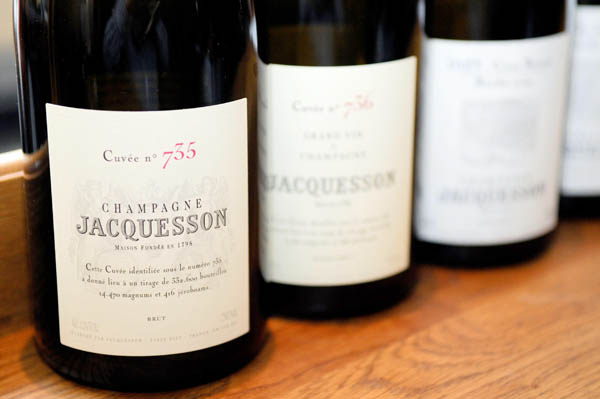
Information instead of mystique
The solution to the second problem was to invite and educate the customers. More information, such as the dosage and disgorgement date, was put on the back label. Jean-Hervé jokes about the information they are providing: “when you begin to explain to your customers that the wine is different they will ask why and in what way the wine is different, which is why you should read the back label. There you will not find the interesting story of the Russian prince, but instead you will find what you are actually drinking… such as for example the age.”
But the task of making the best wine possible began much earlier, in fact directly after the two brothers’ taker-over of the firm in 1988. Jacquesson has gone through many changes during the last 25 years. Progressively, it has gone from being a classic champagne house with some vineyards, to something which today is more like a grower-oriented organization.
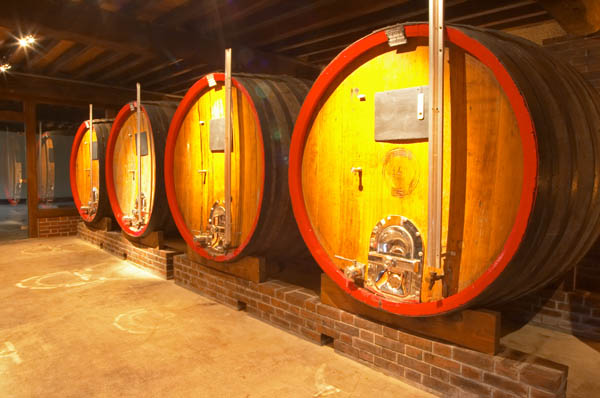
The problem with champagne: the hight yields
Yield management has been a particular focus. Jean-Hervé says that “we believe that in Champagne the main problem in terms of viniculture is the yield. Because for some reason, for most people in Champagne, the maximum allowed by the appellation is considered a sort of economic minimum.”
There is a movement within Jacquesson towards organic viticulture, but this will not be displayed on the labels.
Today Jacquesson has 28 hectares located in two regions. First they have 11 hectares in the Côte de Blanc. Two Grand Crus: Avize and Mareuil. Then they have 17 hectares in Grand Vallée de la Marne. One Grand Cru in Aÿ and two Premier Cru, Dizy and Oiry.
The firm also buys grapes, but only from around eight hectares and only from the same villages as where Jacquesson has sites. Thus only grapes from Grand Cru or Premier Cru vineyards are bought and since they are neighbouring sites “we know what work has been done in these vineyards where we buy because they are just there, they are our neighbours”, says Jean-Hervé.
The grapes are pressed and the second juice is eliminated. The fermentation is made in large oak vats. They also do some batonnage. The wine is not filtered. This means that the difference between the wines is only a choice of terroir selection or, more or less, ageing.
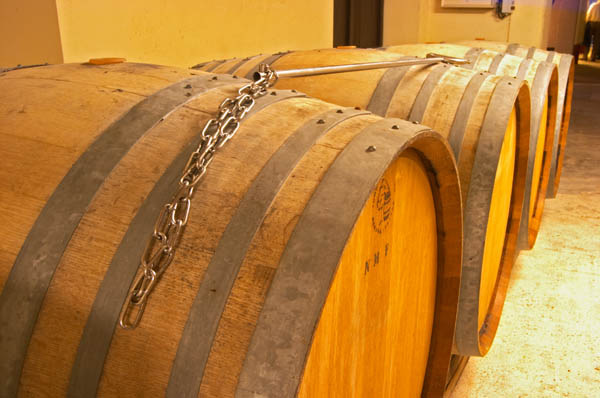
The come-back of the vintage wines
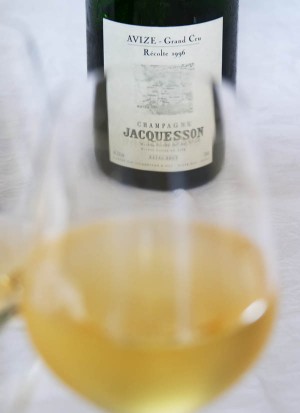
One of the first decisions the two brothers made in terms of quality was to make a “proper” vintage wine of the Avize Grand Cru. Before 1990, it was just another non-vintage blanc de blanc. But both Laurent and Jean-Hervé understood its potential and argued that making it into a vintage wine only had benefits.
By making the vintage wine in the best vintages this would of course result in a better wine, but during lesser years Jacquesson would have at their disposal a large amount of grand cru chardonnay that would improve the quality of the non-vintage.
The Avize Grand Cru vintage has been made a total of seven times: in 1990, 1993, 1995, 1996, 1997, 2000 and 2002.
In parallel to improving the viniculture the brothers were also rediscovering their own terroir. In 1995 and 1996 they conducted a couple of experiments, which had the aim of identifying which champagne they should make.
A few years later they began to taste these wines and the result was overwhelming. The effect was that Dizy was turned into as a separate cuvée in 2002.
The problem with the rosé
Eventually the quality enhancement program came to concern the rosé. It was made as it always had been made until 1997, when it was dropped from production. The reason? It was not good.
Jean-Hervé and Laurent did not like the red wine produced for the rosé blend and when the rosé was compared to the white wine, the white wine was preferred. So it was dropped.
But after some time the two brothers regained the energy and interest in the rosé. As Jean-Hervé says: “A few years later we decided that we were not so stupid that we could not make a proper rosé, so we began to think more carefully about the problem. We had a good location, the lower slopes of Dizy. Not supposed to be among the best places in the village.
The lower slopes of Côte de Blanc are very good because you have the chalk buried underneath the surface and the wines are very mineral. But in Dizy it is more soil deposits so it is not so mineral but the pinot ripens wonderfully well. To make a skin contact rosé, a ripe pinot noir is better. So this is the result.”
“You may be surprised by the colour of the rosé, and you may be surprised by the aroma… Why? Because I am quite fed up with most rosé champagne, because they are not good wines. You may not like it, but one thing is clear: it will not smell chardonnay!”
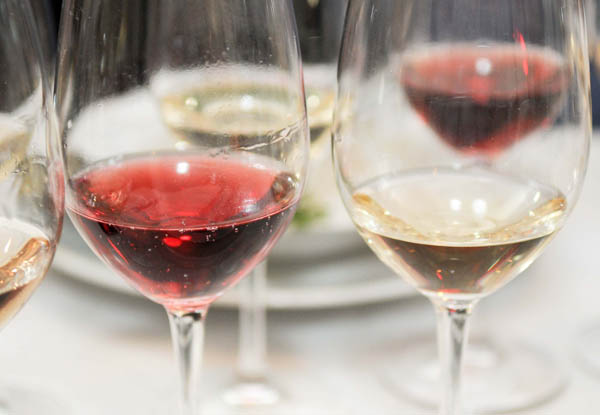
The number cuvées and the vintage wines
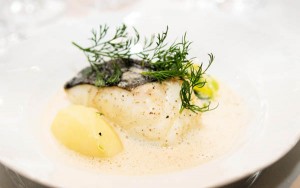
As Jean-Hervé has been talking, starters and main course have been served. We have also been served six wines from Jacquesson Champagnes. The first flight of wines is of the two non-vintage cuvées, Jacquesson Cuvée no. 735 and Jacquesson Cuvée no. 736. Both are very crisp and very pure.
Both display sharp acids and quite a bit of minerality. The nose draws towards apples, rather than the full-bodied bready or toasty versions. The purity of the wines is astounding.
In the second flight of wines we taste three vintage wines: 2004 Jacquesson Dizy Bautray, 2004 Jacquesson Avize Champ Cain, and 2004 Jacquesson, Aÿ Vauzelle Terme.
All I can say is that all three display tremendous elegance and tremendous purity.
Finally the rosé. Well, no trace of chardonnay! Border-line flirtations with Aussie sparkling shiraz, at least when it comes to colour. But that’s also where all similarities end, rather abruptly.
Many thanks to Jean-Hervé Chiquet for sharing his views on wine making in champagne and the interesting tasting!
More on Champagne Jacquesson.
More on Vinovum (part of Vingruppen with Vinunic).
More on the restaurant Brasserie Bobonne in Stockholm.
Ulf Bengtsson writes about wine under the pseudonym Red Scream on his blog Red Scream and Riesling, on wine, food, photography and other things that are important in life. Like detective novels, taking long walks in Stockholm and the occasional burst of exercise. He is also on Facebook.
[box type=”info”]If you are curious about champagne and want to learn more about it then a good way of doing it is to go on a wine tour to the Champagne region with BKWine.[/box]
